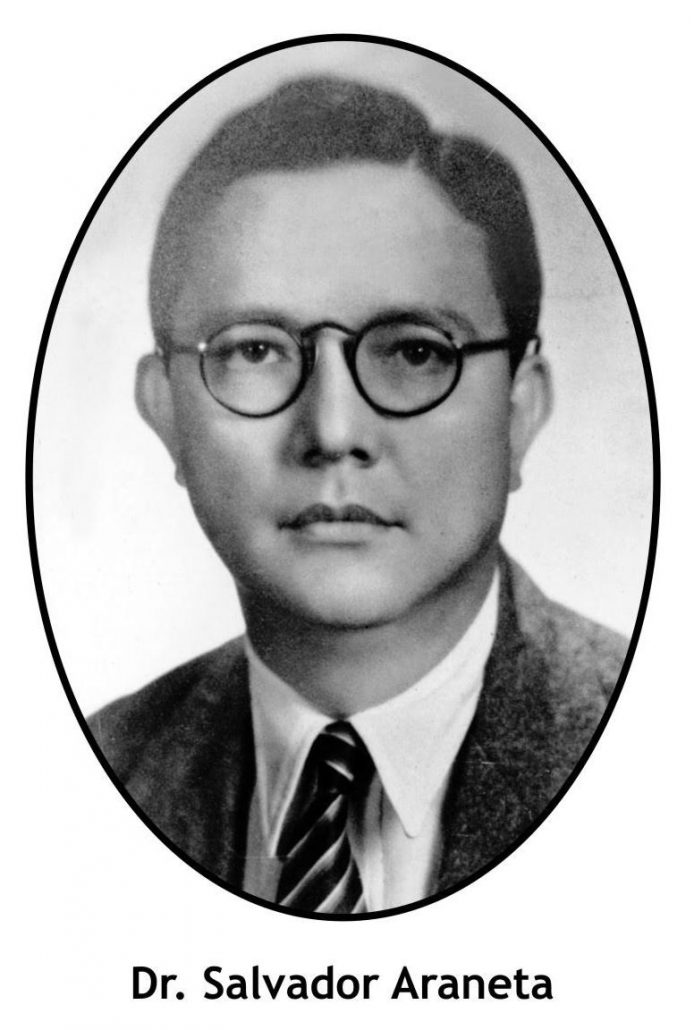 CHAPTER X
CHAPTER X
INTERNATIONAL POLICIES
Article 83. The Executive Power is directed to seek termination of the treaty allowing the United States to maintain bases in this country and to work for the international neutralization of the ASEAN countries or at least the territorial domain of the Republic.
EXPLANATORY NOTES
Are the American bases a security against Communism in the country? During the last days of the Philippine Commonwealth, we were afraid of the Japanese invasion of the Philippines. General Douglas MacArthur and High Commissioner Paul V. McNutt, in several of their speeches and statements, assured the Filipino people that while the American flag and the American bases remained in the Philippines, the Japanese leaders would think many times before they invaded the country. This turned out to be incorrect, and the Japanese invasion found the American bases as sitting ducks which were fully destroyed during the first day of the Japanese invasion.
The American bases were again used by the U.S. Government in its war against Vietnam, and they made no difference to the American effort to destroy the will power of the North Vietnamese in their invasion of South Vietnam. With these lessons in history, it would be foolhardy on our part to continue the policy of depending on American power to insulate the country against Communism.
We must realize that Russia, in a confrontation with American bases, will invade the coast of Luzon, using Vietnamese forces transported by huge Russian submarines stationed in the American base in Vietnamese waters, now being rebuilt by Russia. Vietnamese soldiers with Russian arms, will be landing at night in the long coasts of Luzon, reinforcing the fighting power of the New People’s Army. The American bases will prove to be another Maginot Line, which could not be used against forces in Central Luzon, mingled with the civilian population.
The ASEAN countries have approved a resolution in favor of the neutralization of Asia. This would require the lifting of all foreign bases in the Philippines and other countries in the area.
This provision supports the Resolution of the ASEAN countries and the recommendations of Delegate Tomas Benitez of the 1972 Constitutional Convention, who recommended such a policy for his beloved country in his studies on Constitutional reforms during the last months of his life when he knew that he was dying of cancer.
Article 84. The Executive Power is directed to promote the general welfare of the region, the ASEAN community, and to explore ways and means to bring about the political, cultural and economic integration of the area, possibly culminating into the Pan Pacific Federation which could include Australia.
EXPLANATORY NOTES
This provision supports not only the present concept of the ASEAN community but suggests one step further, the possible organization of the Pan Pacific Association, which would include Australia.
Article 85. The Executive Power is directed to promote in the United Nations the movement to transform the said organization into a World Government with a realistic power of voting in the Parliament of Man based on the relative influence of the different members of the United Nations on the welfare, progress, and peace of humanity.
EXPLANATORY NOTES
This provision aims at suggesting a realistic amendment to the Charter of the United Nations so that it would become a World Government. See in this connection the study entitled World Government – Charter and Supporting Views* by Salvador Araneta.
CHAPTER XI
CONSTITUTIONALAMENDMENT
Article 86. This Constitution may be amended by a vote of two-thirds of all the members of Parliament, subject to ratification by the people in the succeeding general election for members of Parliament.
It may also be amended by a vote of at least 60 percent of all the members of Parliament, provided the amendments are ratified by 60 percent of all the members of Parliament succeeding the next general election.
EXPLANATORY NOTES
This last article provides two ways of amending this Constitution.
It could be amended by a vote of two-thirds or 66 percent of all the members of Parliament, subject to the ratification by the people in the succeeding general election for members of Parliament. That ratification will be more of a pro forma matter.
It could also be amended by a mere 60 percent of all the members of Parliament, provided the amendment is ratified by 60 percent of all the members of Parliament succeeding the next general election. In this case, in the general election following the proposed amendment, the main issue will be the issues brought about by the proposed Constitutional amendments.
Although the percentage required for the approval by Parliament is reduced to 60 percent of all the members of Parliament, it can be said the issues will receive greater specific attention from two different Parliament one succeeding the other. (To be continued/PN)

